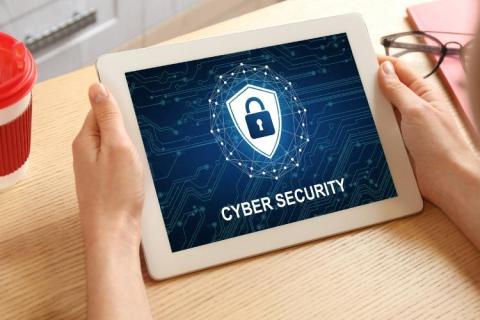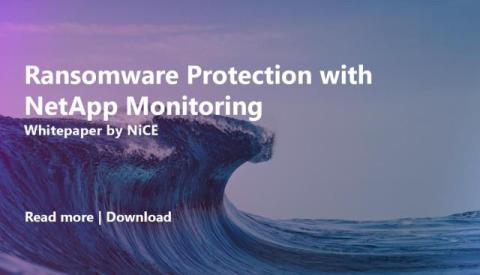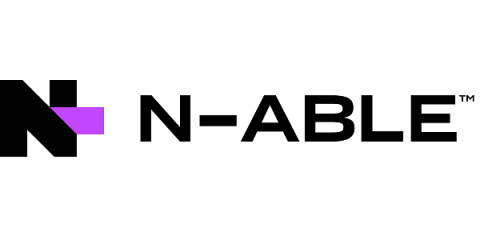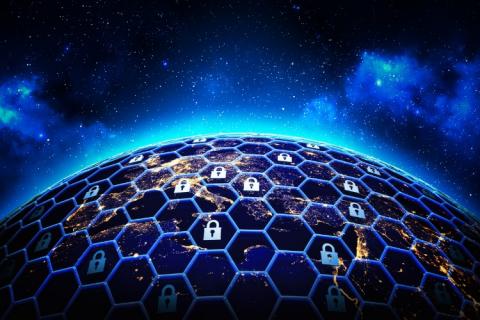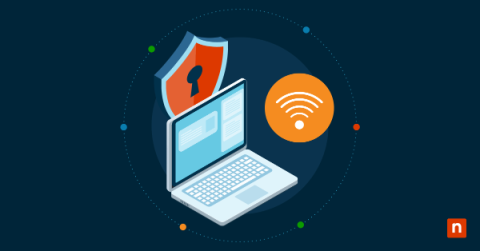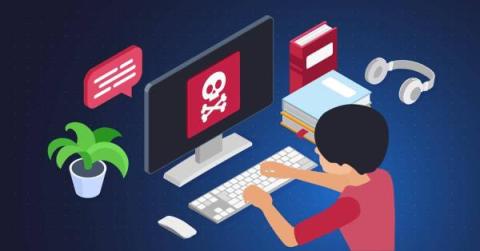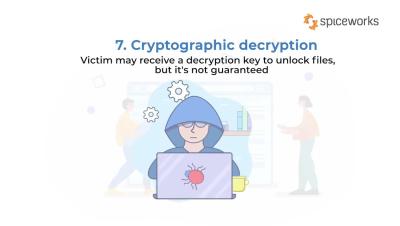Cybersecurity Lessons from the Most Devastating Malware Attacks
Malware attacks have become increasingly sophisticated and damaging, targeting individuals, businesses, and governments. The consequences of these attacks can be catastrophic, leading to data breaches, financial losses, and reputational damage. Learning from past incidents is crucial for strengthening cybersecurity measures. This article explores key lessons learned from some of the most devastating malware attacks in history and offers actionable insights to enhance your organization's defenses.


